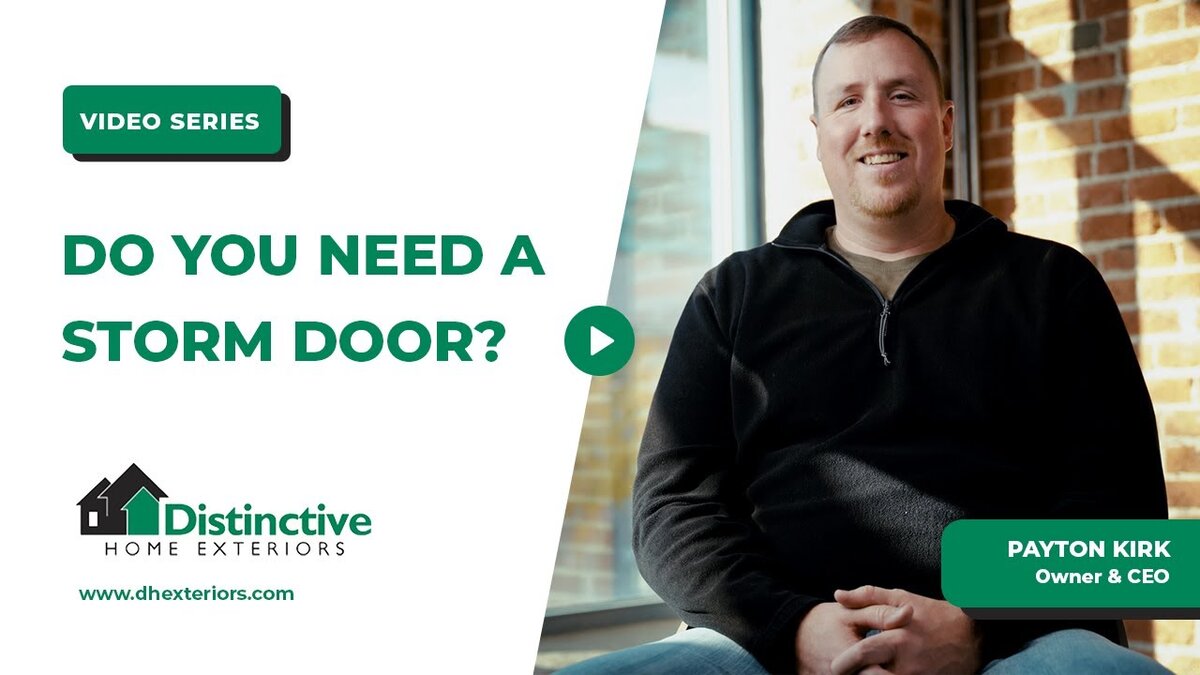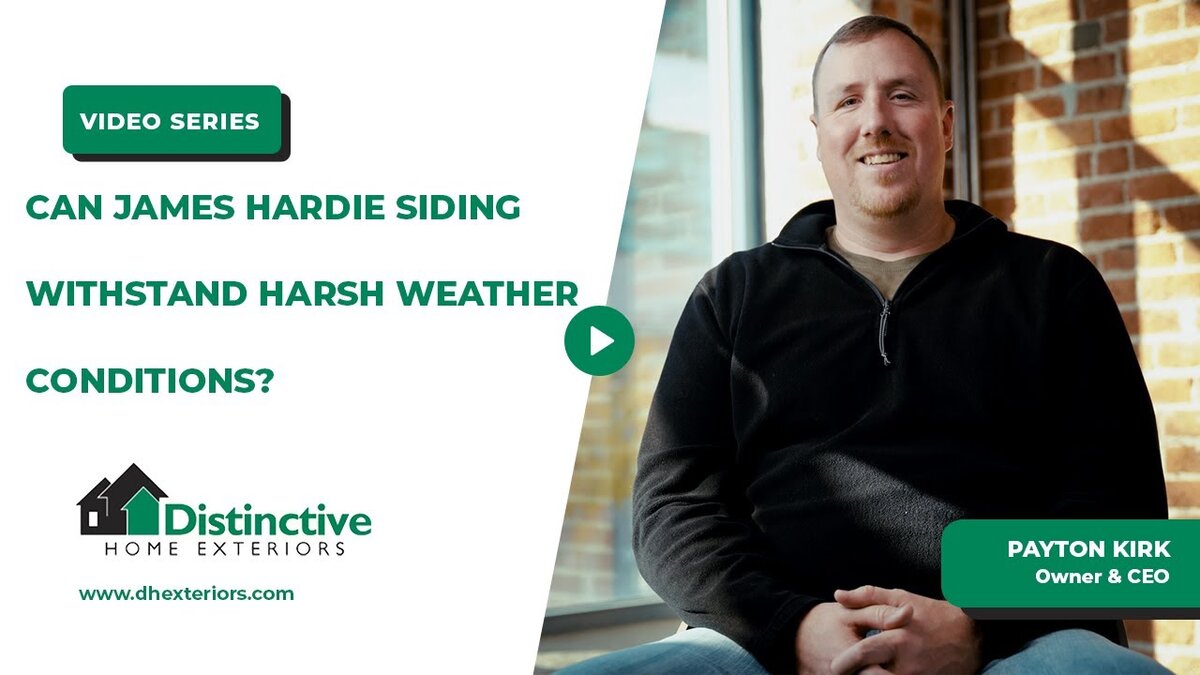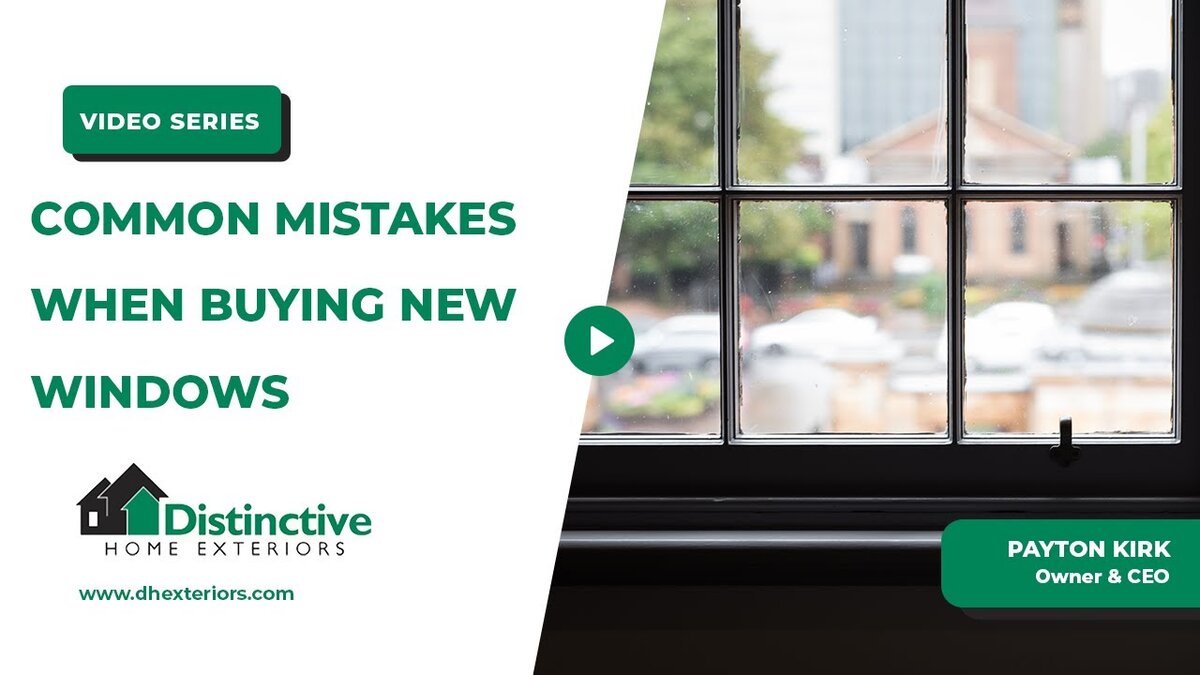Have you ever wondered if it’s possible to install new siding over old siding? It’s a question we get asked frequently. Whether you’re looking to give your home a fresh look or address underlying issues, it’s essential to understand the pros and cons of this approach. Let’s explore if installing new siding over old siding is a good idea and what you need to consider.
Can I Install New Siding Over Old Siding?
Yes, it is possible to install new siding over old siding, but it depends on the type and condition of the existing siding. For homes with standard 8-inch on-center panel siding, we can often fix any wood rot, apply a house wrap, and then hang the new siding over it. However, if the existing siding is cedar shingle, traditional wood lap siding, or vinyl siding, it is usually better to remove it to address any underlying issues and ensure a durable installation.
Understanding Types of Siding and Overlapping Methods
Before deciding to install new siding over old siding, it’s important to understand the different types of siding and how they can be overlapped:
- Panel Siding: Common in Kansas City, it can often serve as a solid substrate for new siding if in good condition.
- Cedar Shingles and Wood Lap Siding: Typically not suitable for covering due to underlying issues that must be resolved.
- Vinyl Siding: While it might seem feasible to cover, it’s usually better to remove it and inspect the underlying structure.
What is Single Wall Construction?
Most homes in Kansas City are built using single wall construction. This means that when you look inside the wall, you’ll see the framing and studs, a house wrap or weather barrier, and then the exterior siding. In many markets, there’s a layer of sheathing between the studs and the exterior siding, but in single wall construction, this sheathing is absent. We often use the existing panel siding as sheathing, creating a solid flat substrate to hang the new siding.
Why We Prefer Not to Cover Existing Siding
Covering old siding can create more problems than it solves. If your old siding is cedar shingle, traditional wood lap siding, or even vinyl siding, we typically won’t cover it with new siding. Here’s why:
- Underlying Issues: The primary reason you called for siding replacement is likely due to issues like wood rot, pest infestations, or water damage. Simply covering the old siding won’t fix these problems; it will only hide them, allowing them to worsen over time.
- Structural Integrity: By not addressing the underlying issues, you risk compromising the structural integrity of your home. For instance, if there is wood rot, it will continue to deteriorate, potentially causing more significant damage in the future.
- Aesthetic Concerns: Covering old, damaged siding with new siding is essentially putting “lipstick on a pig.” It might look better temporarily, but the underlying problems will persist, and the new siding won’t adhere as effectively.
Why Removal is the Best Option
At Distinctive Home Exteriors, we believe in providing solutions that stand the test of time. Here are the main reasons we recommend removing the old siding:
- Clean Surface: Removing the old siding provides a clean, solid substrate to work with. This ensures that the new siding will have a stable base, leading to a longer-lasting installation.
- Extensive Repair: Removing the old siding allows us to address any underlying issues thoroughly. We can repair wood rot, apply necessary treatments to prevent pests, and install proper weather barriers to protect your home.
- Better Insulation: By removing the old siding, we can add additional insulation if needed, improving your home’s energy efficiency.
In Summary
While it might be tempting to install new siding over old siding for convenience or cost savings, this approach often leads to more significant problems down the line. At Distinctive Home Exteriors, we prefer to either remove the old siding or repurpose it as sheathing to ensure a high-quality, durable installation. If you’re considering a siding replacement, it’s best to consult with professionals who can assess your specific situation and recommend the best course of action.
For more information or to schedule a consultation, contact us today. We’re here to help you achieve the best results for your home.





